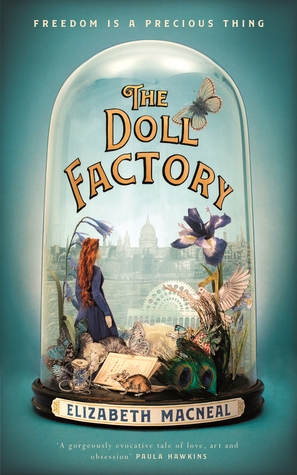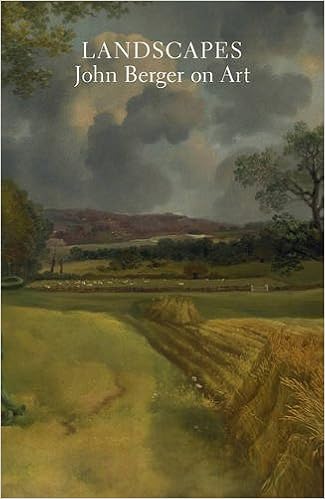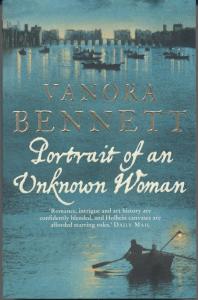‘An intoxicating story of art, obsession and possession‘

Picador|2 May 2019|336 pages|Review e-book copy|5*
The Doll Factory by Elizabeth Macneal is one of the best books I read so far this year. It captivated me with its tale of Iris, the young woman who worked painting dolls in Mrs Salter’s Dolls Emporium, but who dreamed of being an artist. It tells of her involvement with the Pre-Raphaelite artists – in particular with Louis Frost (a fictional character) who attracted by her beauty and her red hair wants her to model for him. She agrees, despite the disapproval of her parents and twin sister Rose, on the condition that he teaches her to paint. Meanwhile Silas Reed, a taxidermist and a collector of curiosities, worships her from afar and fantasises that she returns his love.
But it’s much more than my brief outline conveys. This is historical fiction that transports me back in time and place to the 1850s when the Great Exhibition is being constructed and then opened to the public, a time when the young artists who had recently formed the Pre-Raphaelite Brotherhood, first formed in the summer of 1848, are challenging the art world with their vivid paintings, at once both stylised and naturalistic. The descriptions take me straight into London of the early 1850s with all its sights and smells, its squalor and bustling crowds as people go about their daily lives.
There are some really memorable characters, such as ten year old Albie, who collects dead creatures for Silas. He lives with his sister, a prostitute, in a ramshackle house down a dead-end alley and with just one tooth he dreams of buying a set of false teeth. Rossetti, Millais and Holman Hunt also appear alongside the fictional characters and I loved all the details about their paintings, and their fascination with wombats. Rossetti owned two wombats – the inspiration for Louis’ wombat, Guinevere, who lives in his studio.
As I read on I began to feel a growing sense of menace and the tension between the characters rose almost to an unbearable peak as the book reached its conclusion. It’s full of atmosphere, dark and gothic towards the end as it reached its climax – and left me wanting more. It’s wonderful – historical fiction, art history, and a love story as well as a dark tale of obsession, pulsing with drama, intrigue and suspense. I loved it!
About the Author
Elizabeth Macneal was born in Edinburgh and now lives in East London. She is a writer and potter and works from a small studio at the bottom of her garden. She read English Literature at Oxford University, before working in the City for several years. In 2017, she completed the Creative Writing MA at UEA in 2017 where she was awarded the Malcolm Bradbury scholarship.
The Doll Factory, Elizabeth’s debut novel, won the Caledonia Noel Award 2018. It will be published in twenty-eight languages and TV rights have sold to Buccaneer Media.
Many thanks to the publishers, Picador, for my review copy via NetGalley.





